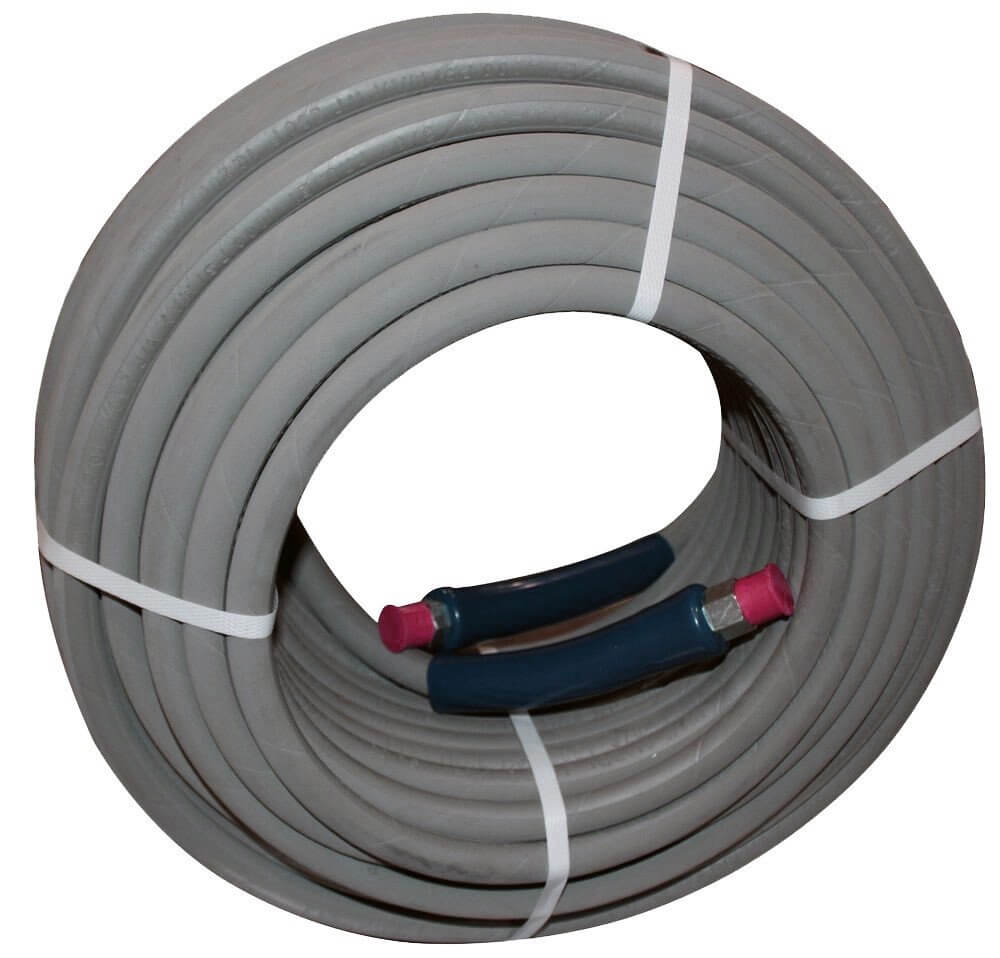The SIC code, which stands for Standard Industrial Classification, is a system for classifying different types of industries. It is a four-digit code that groups establishments into progressively broader categories based on processes. This system replaced the SIC in 1997. The SIC codes were categorized in accordance with the production methods of different businesses. Companies classified under this code are considered to be in the same industry as their peers.
The SIC system used to classify industries by a certain type of production process. The NAICS system uses a four-digit code for each establishment. Unlike the SIC system, the NAICS groupings are standardized, making it easier to compare business data from different countries. The U.S. government has adopted the SIC codes as the basis for their industry index calculations, which are used to analyze the economy. The SIC code system is widely used, and the SEMI code is the most popular among them.
The U.S. government developed the original Standard Industrial Classification (SIC). This classification system was adopted in the 1970s and updated in 1987. The SIC code is still used today by some federal departments, state and local governments, and list providers. Statistics Canada and Mexico helped develop the NAICS and the U.S. Census Bureau adopted this system in 1997. Although the SIC codes are outdated, many companies continue to use them for matching business activities.
The SICS code was originally developed by the U.S. government, but was surpassed by the North American Industry Classification System (NAICS). It is still used by many government agencies, state and local governments, and credit reporting and list providers. In the U.S. and Canada, the NAICS system replaced the SICS. The NAICS was created by the U.S. Economic Classification Policy Committee, Statistics Canada, and the Mexican Institute of Statistics.
The SIC code is used by federal agencies to collect statistics about the U.S. economy. In 1997, it replaced the Standard Industrial Classification System. The U.S., Canada, and Mexico developed the system to make business statistics compatible between the three countries. The system has expanded far beyond the initial intention. Some government contracting agencies require companies to register their NAICS codes in order to be eligible for contracts. They use the codes to identify different types of industries.
The SIC code is still the most commonly used standard industrial classification system in the U.S. The standard SIC code is used for categorizing business enterprises in terms of their primary economic activity. In the U.S., SIC codes are widely used by all types of businesses. In Canada, the United States has adopted the SIC system, and other countries are also adopting it. These codes are called NAICS. So, if you’re looking for a company in the United States, you should know which SIC codes it falls under.
The Standard Industrial Classification (SIC) code is a four-digit numerical representation of a company’s industry. It is an international standard that was developed in the late 1930s and has been used ever since. It is used by government agencies and lists. It was adopted by the U.S. in the North American Free Trade Agreement. The SIC codes are widely used to match businesses with common characteristics. This is the reason why the NAICS code is so important.
The Standard Industrial Classification is the most widely used standard for classifying different types of industries. The U.S. government created the SICS in 1957. Its last update was in 1987. The NAICS code was adopted by the U.S. and Canada in 1997. The SICS code is still the most common standard for identifying industries. However, NAICS codes can be more accurate and convenient for identifying similar businesses. The SICS is a standard industry definition.
The NAICS code is the most common form of the SICS. It is used by federal agencies for collecting statistical data about the U.S. economy. It is a standard system for industries that has different divisions. The SICS has a few different levels of classification. Those in the U.S. are classified according to their primary activity. In some cases, a business that produces multiple goods is classified by its major output.








